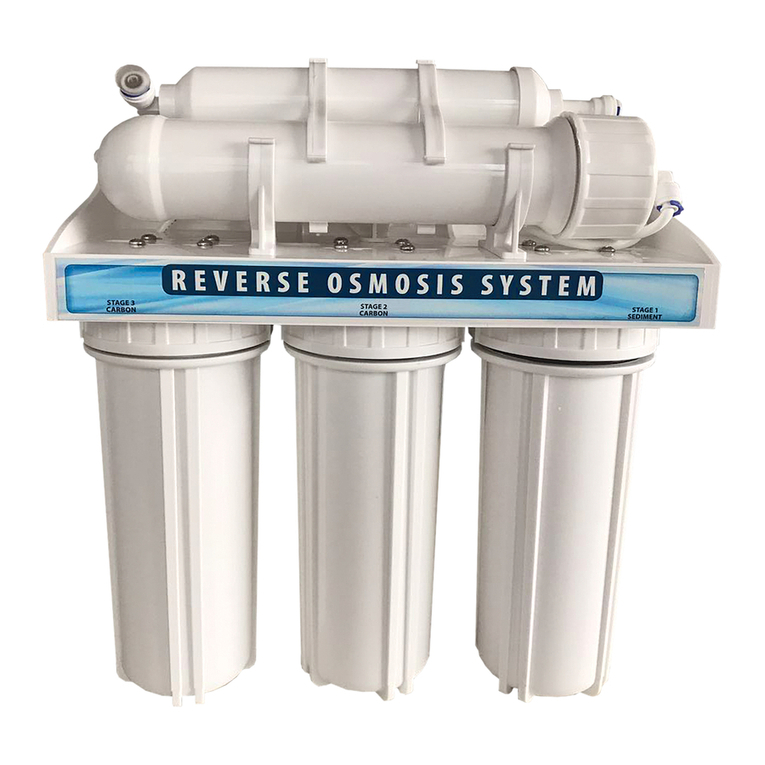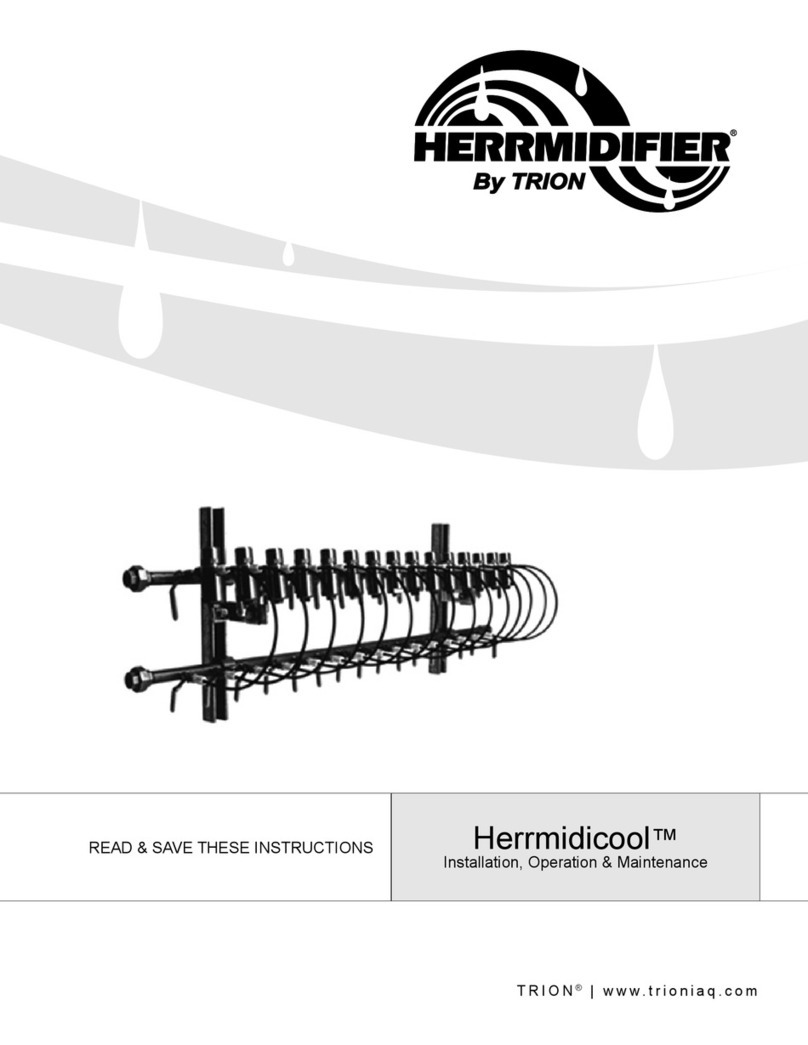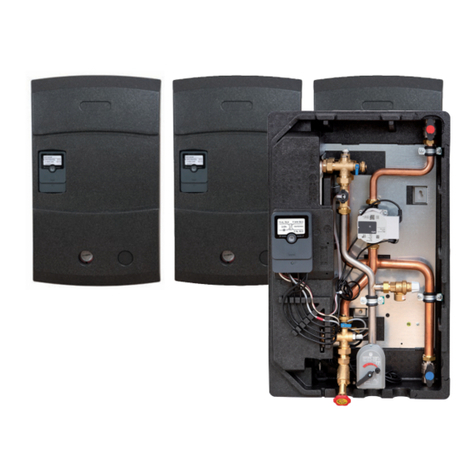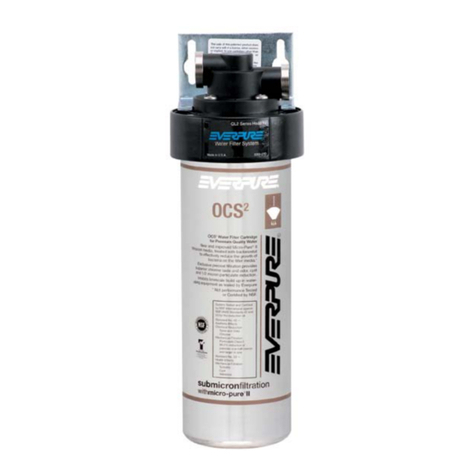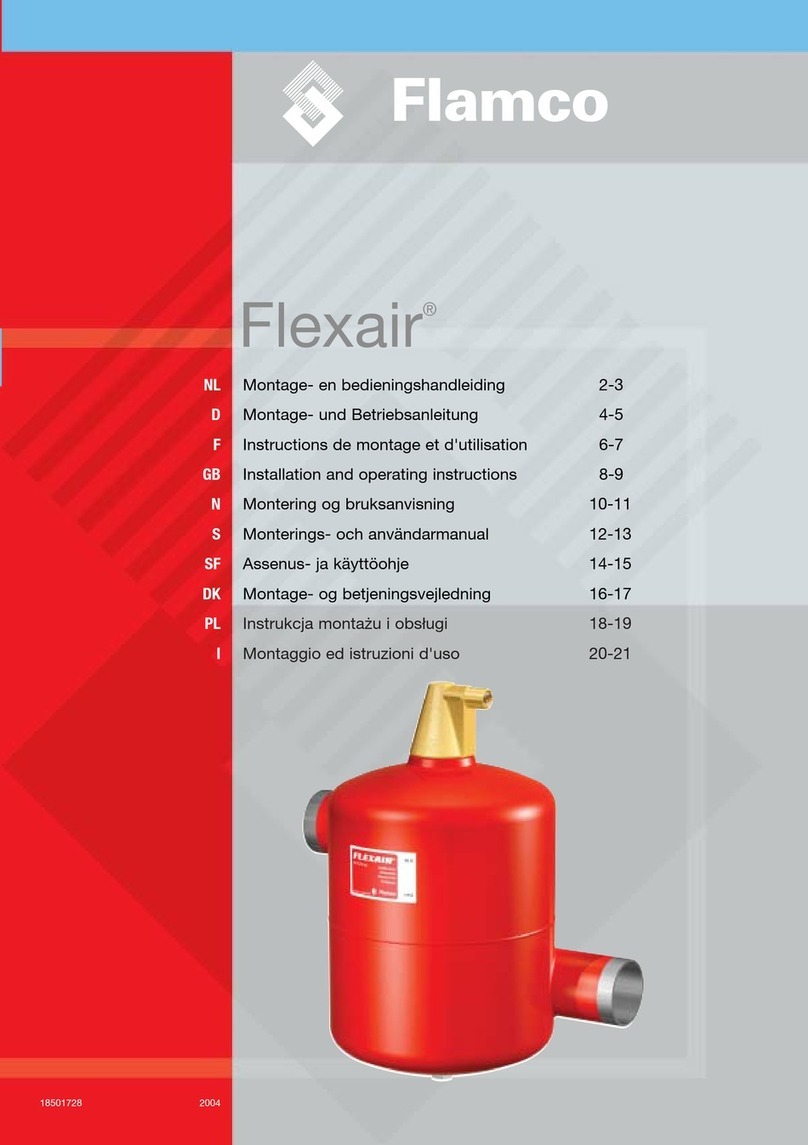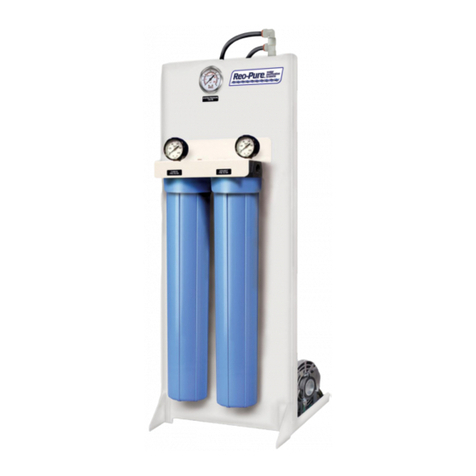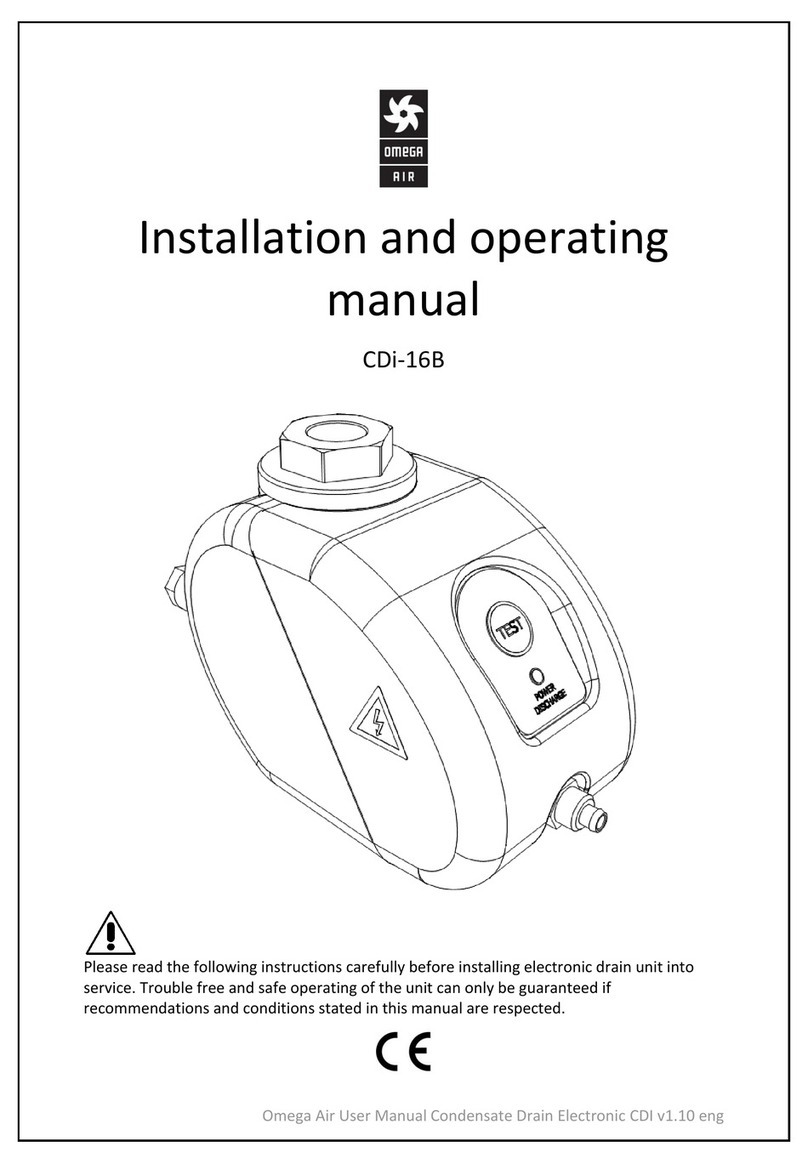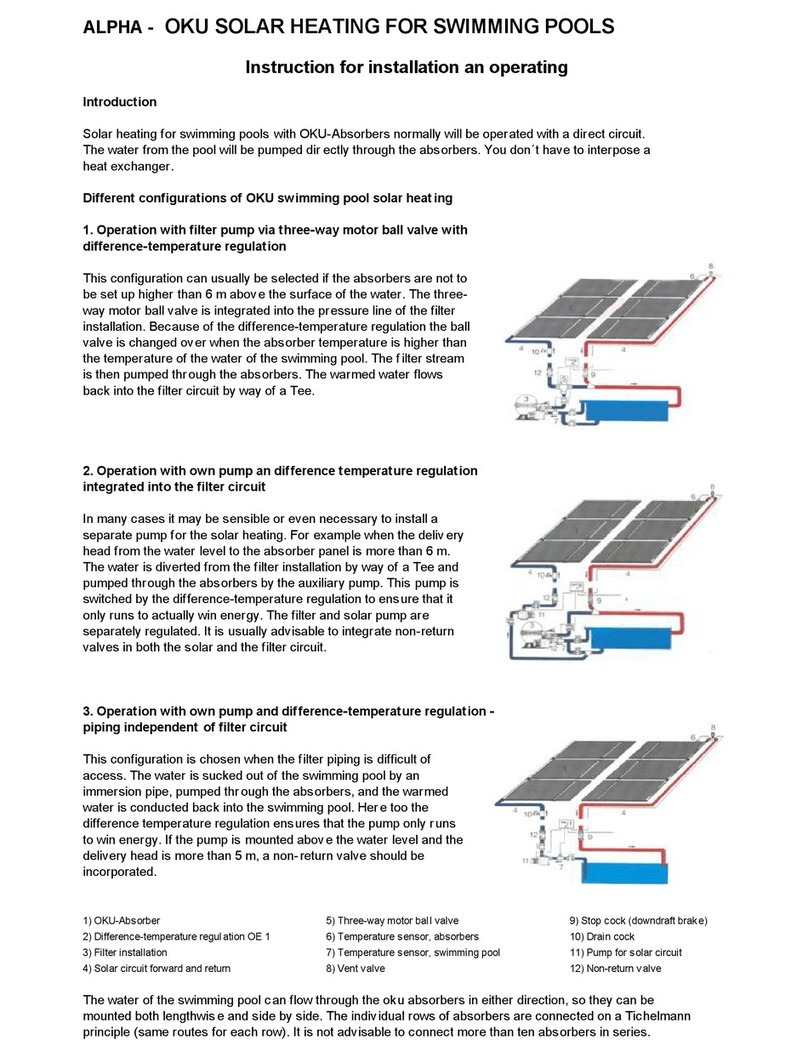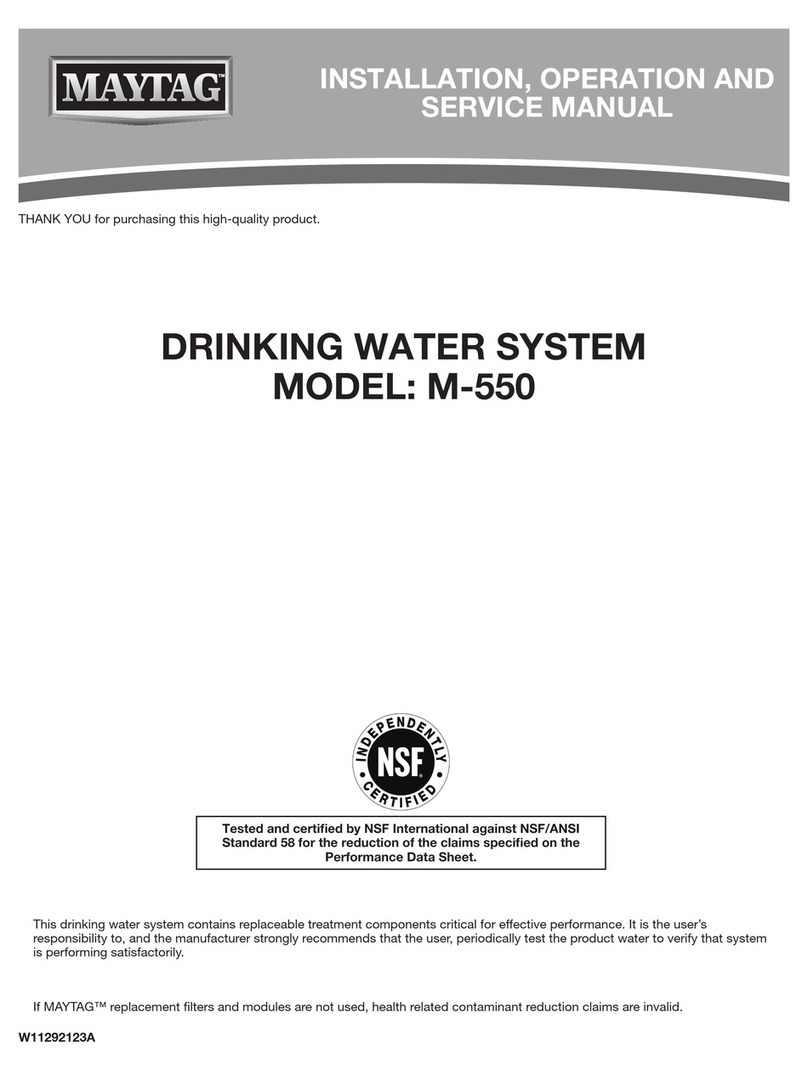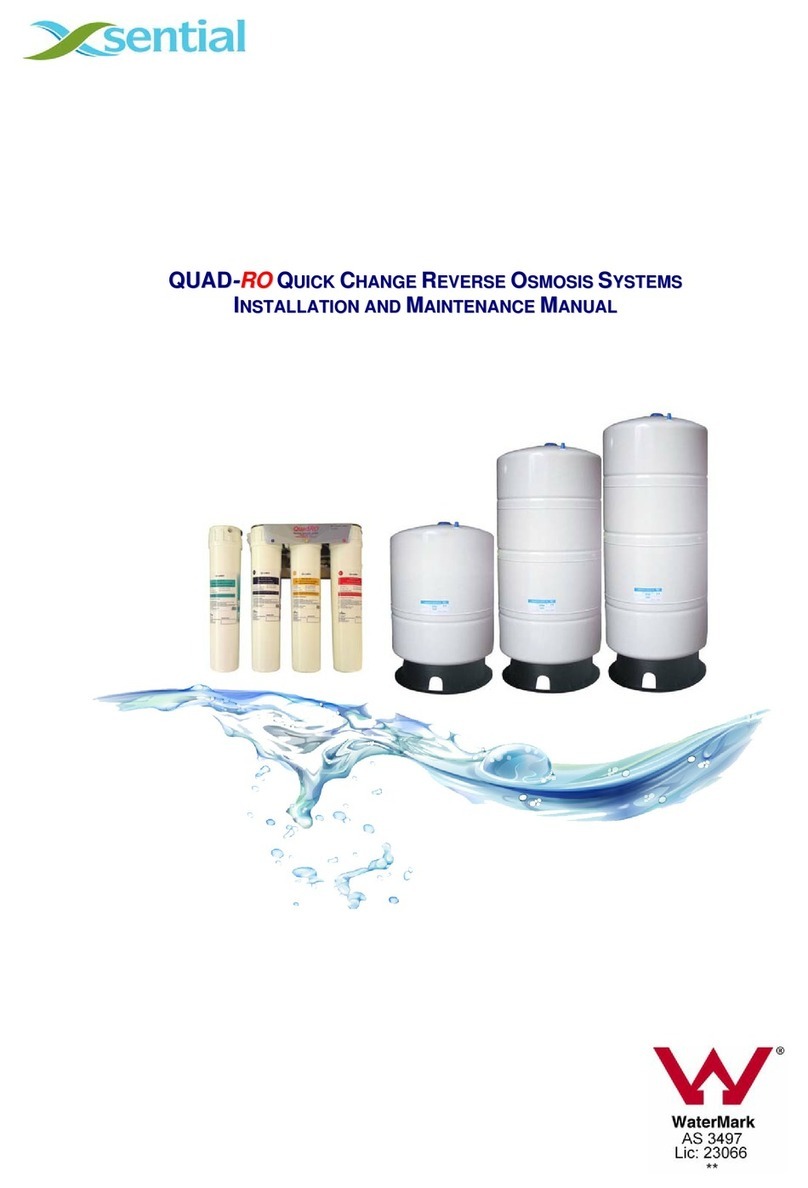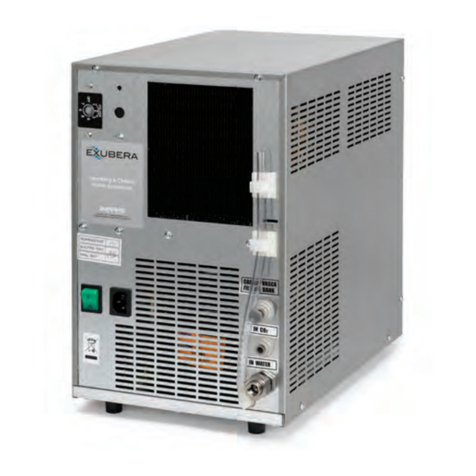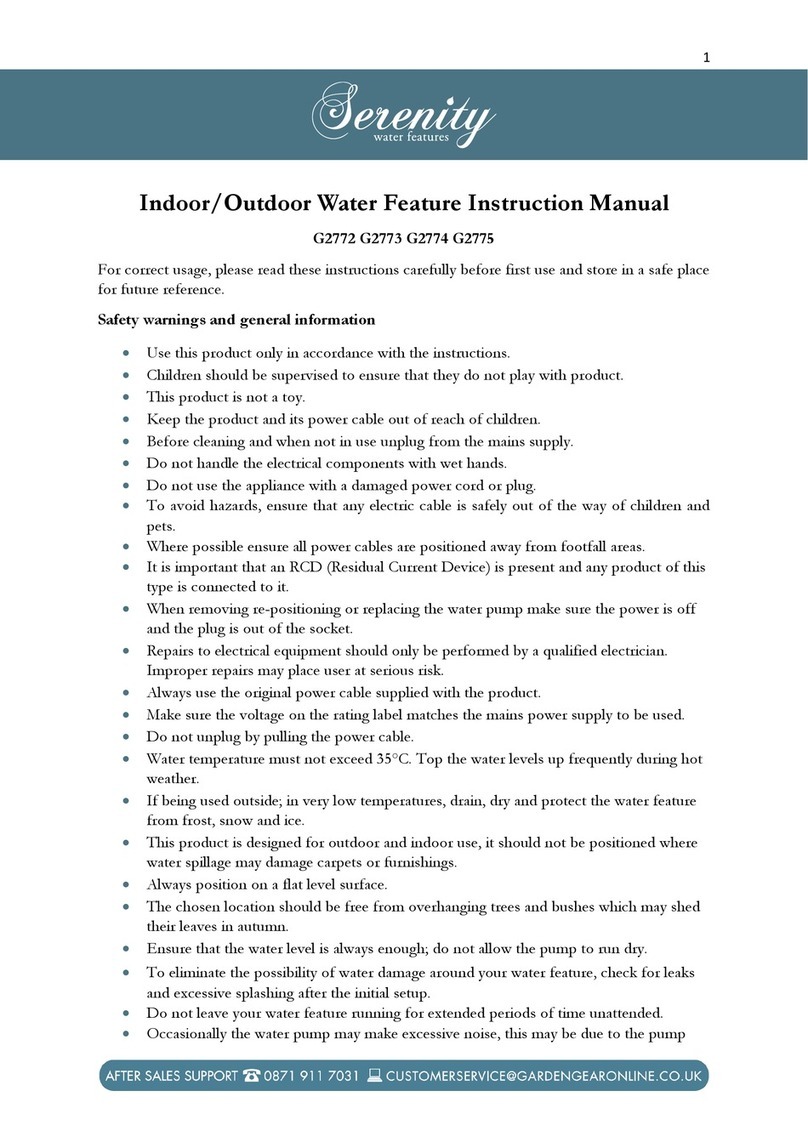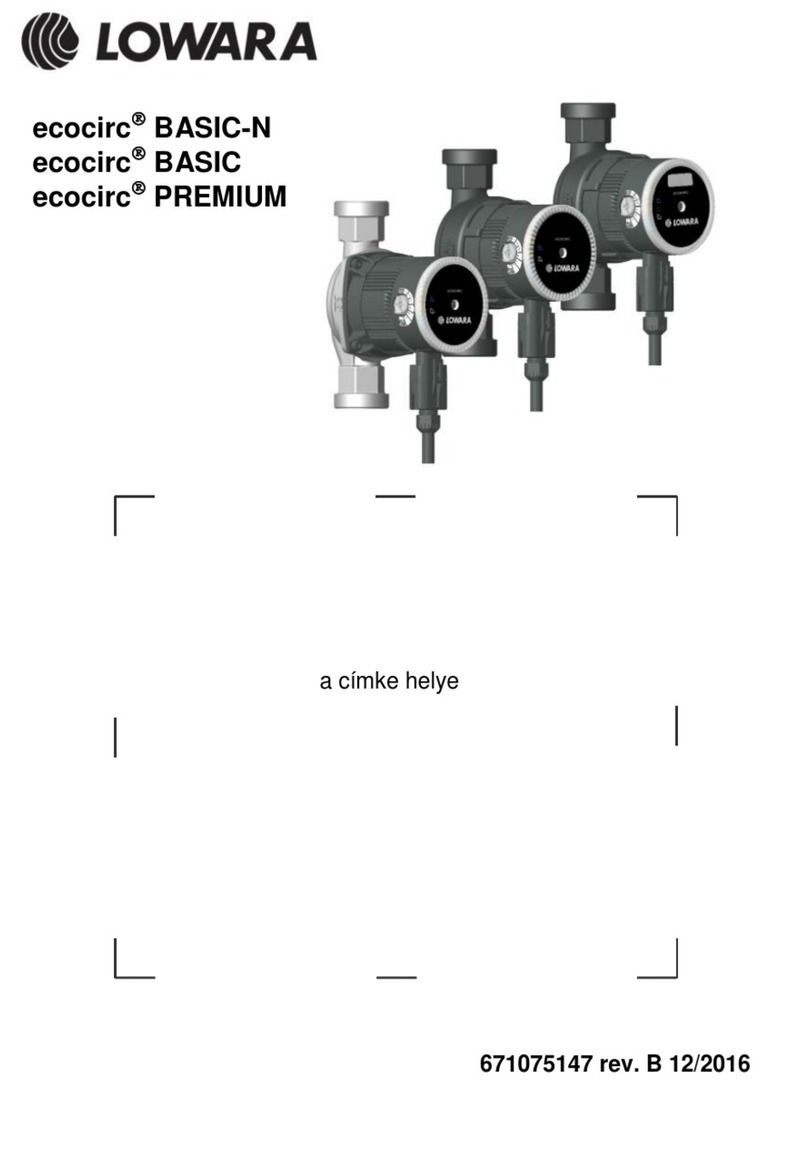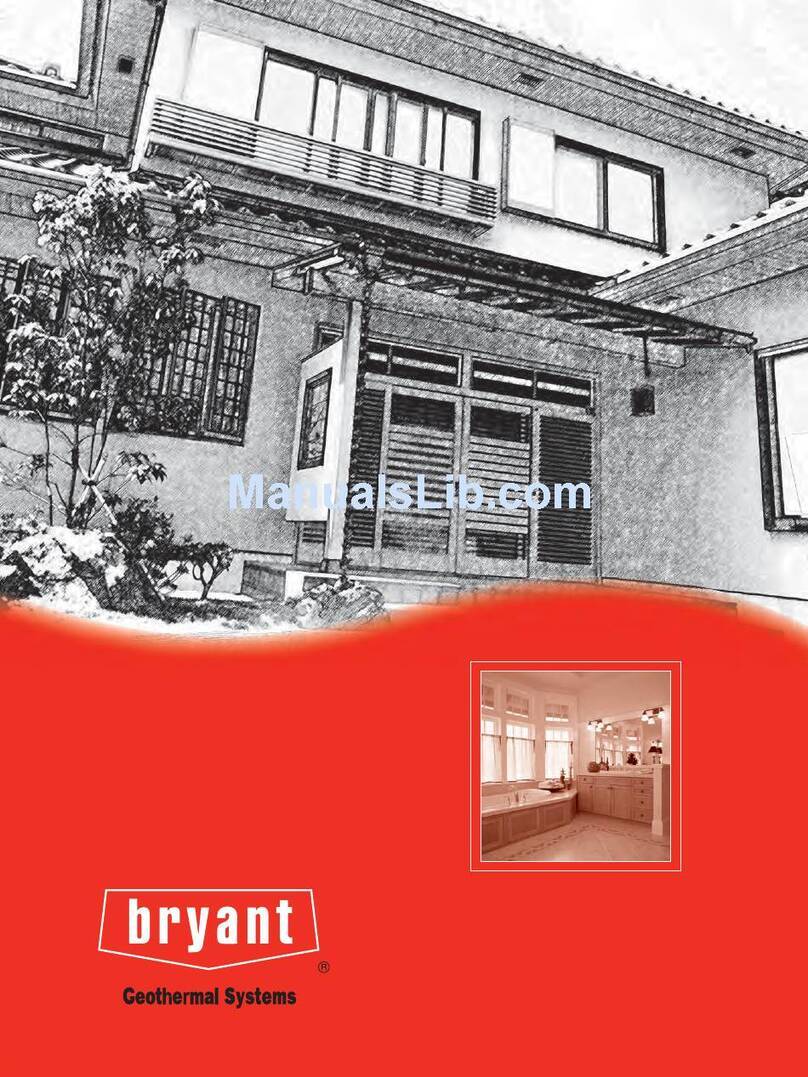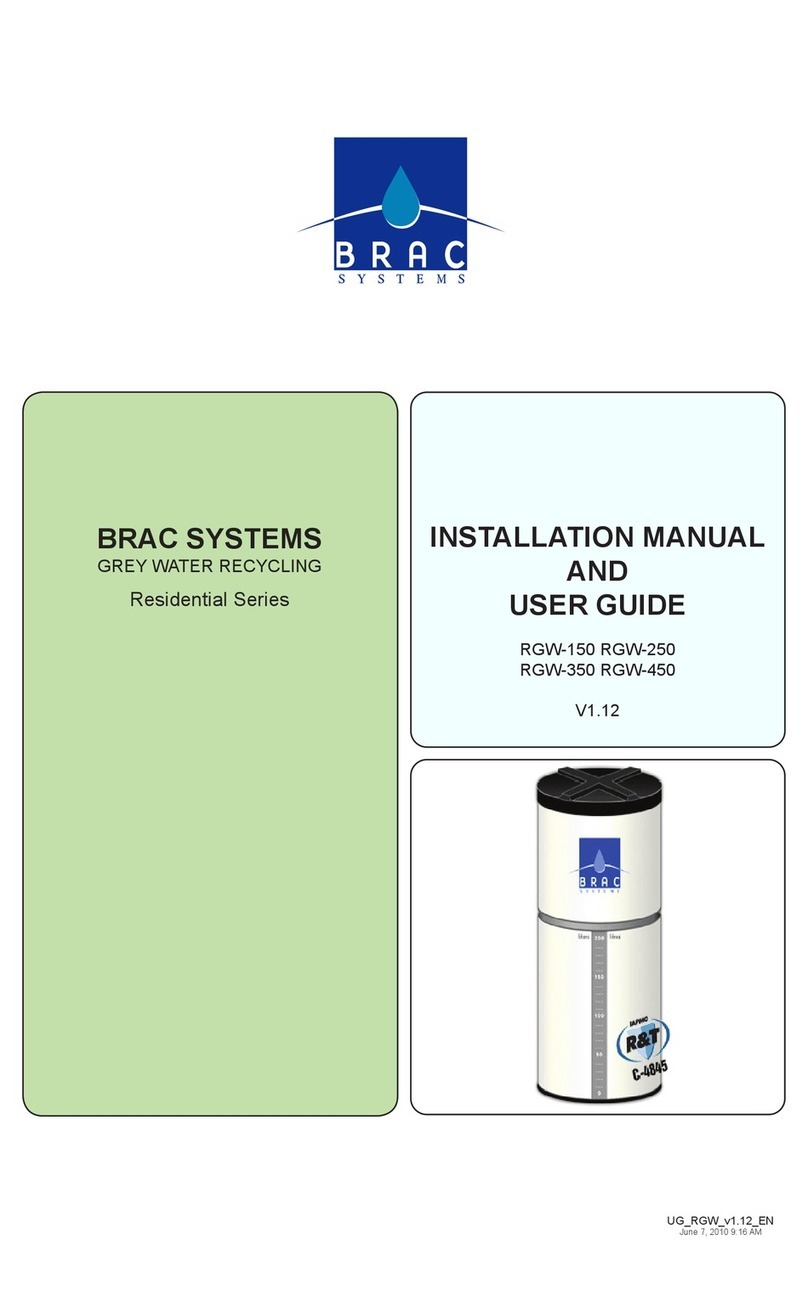
XVI. Frequently Asked Questions
20
-What is greywater?
Greywater is the water generated from the use of the shower, bathtub, hand sink, laundry, kitchen
sink, and dishwasher.
-Is greywater different from wastewater?
Yes. Household wastewater, also known as sewage, is composed of two distinct sources:
- “Black water” is wastewater contaminated by feces or urine, and includes wastewater arising
from toilet, urinal, or bidet.
- “Greywater” is the remaining wastewater coming from the laundry, bathroom and kitchen.
-Is it safe to reuse greywater?
Yes, if used in an appropriate way. Greywater can contain disease-causing micro-organisms such
as bacteria, protozoa, viruses and parasites. It may also contain fats, oils, detergents, soaps, salt,
nutrients, food and hair derived from household and personal cleaning activities. These constituents
can pose both health and environmental risks. However, the public health risks associated with
onsite reuse of domestic greywater are considered low, as the source of the contamination would
be from the immediate family. Other sources of transfer of pathogens around the immediate family
are considered a higher risk, such as direct contact or sharing of food and utensils. Similarly, the
risk of environmental damage from the careful use of greywater is low.
-How can I reduce the risks associated with greywater reuse?
The following measures will reduce the health and environmental risks associated with the use of
greywater:
Do not use sprinklers to distribute greywater;•
Use subsurface irrigation systems;•
Do not spray greywater directly onto food plants;•
Do not put greywater on lawns where children are likely to play;•
Do not irrigate with greywater during periods of wet weather;•
Do not allow greywater to enter the storm water system;•
Make sure greywater does not create a nuisance, for example through odors or ponding.•
-Can greywater from all parts of the house be reused?
Kitchen: Kitchen wastewater could be heavily polluted with food particles, oils, fats, and other wastes.
It can also contain high concentrations of micro-organisms. It is often polluted with detergents and
cleaning agents, particularly those from dishwashers, which are very alkaline and may be harmful
to soils and plants by altering their characteristics in the long term. For these reasons kitchen
greywater is not recommended for use.
Bathroom: Chemical constituents of bathroom greywater include soap, shampoo, hair dyes,
toothpaste and cleaning chemicals. Greywater from hand basins is more polluted than bath or
shower greywater, but is much lower in volume.
Some of these contaminants act as plant nutrients and can be beneficial in the garden, but others
can adversely affect plants or soil structure. Concern is often expressed about people urinating in
showers and baths and the associated health aspects of using greywater in the garden. However,
urine in a healthy person is sterile. While some bladder infections may pass micro-organisms
in urine, the potential for these organisms to survive and cause infection is considered remote.
Greywater from the bathroom is suitable for reuse.
Laundry: Greywater from the laundry improves in quality from wash water to first rinse water to
second rinse water. Bacterial loads in laundry greywater are not usually high, except when diapers
are washed. Chemical contaminants of the wash cycle water are soap, salt, sediment and organic
material. If used for garden watering, the wash cycle water can damage plants and soils and create
bad odors.





















